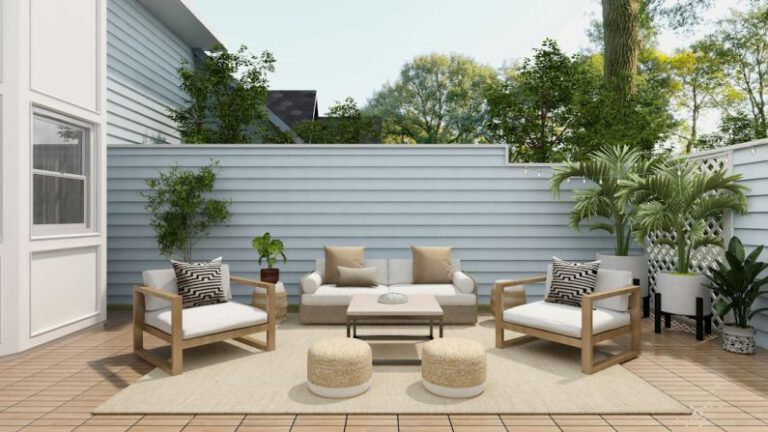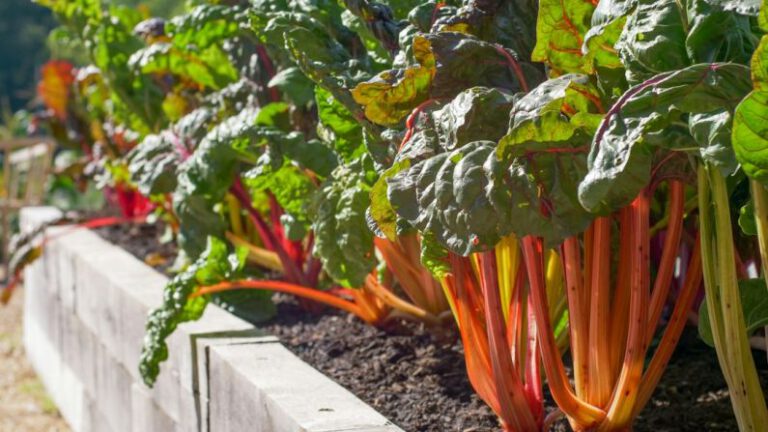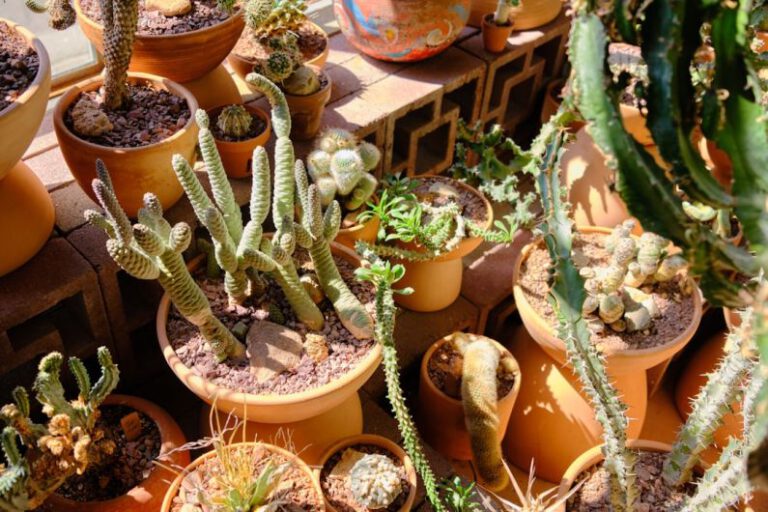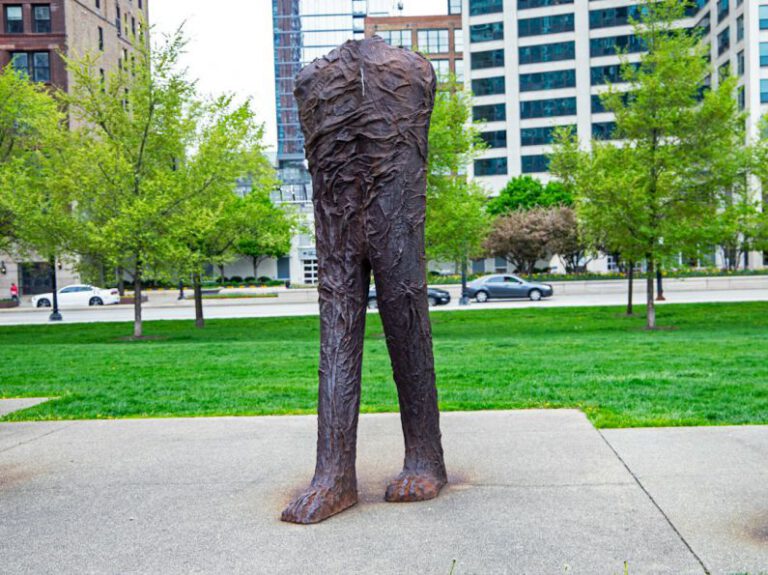How to Save Water in Your Garden and Home?
Water is a precious resource that we often take for granted. In our gardens and homes, there are many simple ways we can conserve water and reduce our water usage. By making a few changes to our daily habits, we can make a big difference in preserving this vital resource for future generations. In this article, we will explore some practical tips on how to save water in your garden and home.
1. Fix Leaks
One of the most effective ways to save water is by fixing any leaks in your home. A dripping faucet can waste hundreds of gallons of water each month. Check your faucets, showerheads, and toilets for leaks regularly, and repair them promptly. This simple step can save you a significant amount of water and money on your water bill.
2. Install Water-Saving Fixtures
Another way to conserve water in your home is by installing water-saving fixtures. Low-flow showerheads and faucets can reduce water usage without sacrificing water pressure. Dual-flush toilets are also a great option, as they allow you to choose between a full flush and a half flush, depending on your needs.
3. Collect Rainwater
Rainwater harvesting is an excellent way to save water in your garden. By installing a rain barrel or a collection system, you can capture rainwater and use it to water your plants. This not only reduces your water consumption but also provides your plants with natural, chemical-free water.
4. Use Mulch
Mulching is a simple yet effective method to conserve water in your garden. By adding a layer of organic mulch around your plants, you can help retain soil moisture and prevent evaporation. Mulch also helps to suppress weeds, reducing competition for water. Choose materials like wood chips, straw, or compost, and apply a two to three-inch layer around your plants.
5. Water Efficiently
When watering your garden, it is essential to do it efficiently to avoid water wastage. Water your plants early in the morning or late in the evening when temperatures are cooler, reducing evaporation. Use a watering can or a drip irrigation system to target the roots directly, rather than spraying water over the entire garden. This ensures that water reaches the plants where it is needed the most, minimizing runoff.
6. Choose Native and Drought-Tolerant Plants
Selecting native plants or those that are well-adapted to your region’s climate can significantly reduce your water needs. These plants are naturally suited to the local conditions and require less water to thrive. Drought-tolerant plants, such as succulents and cacti, are also excellent choices for water-wise gardening.
7. Group Plants with Similar Water Needs
To maximize water efficiency in your garden, group plants with similar water requirements together. This allows you to water them more efficiently and avoid overwatering or underwatering. By creating separate watering zones, you can tailor your watering schedule to meet the specific needs of each group.
In conclusion, saving water in your garden and home is not only beneficial for the environment but also for your wallet. By fixing leaks, installing water-saving fixtures, collecting rainwater, using mulch, watering efficiently, and choosing native and drought-tolerant plants, you can make a significant impact on your water consumption. Small changes in our daily habits can lead to big water savings in the long run. So, let’s all do our part and conserve this precious resource for future generations.






